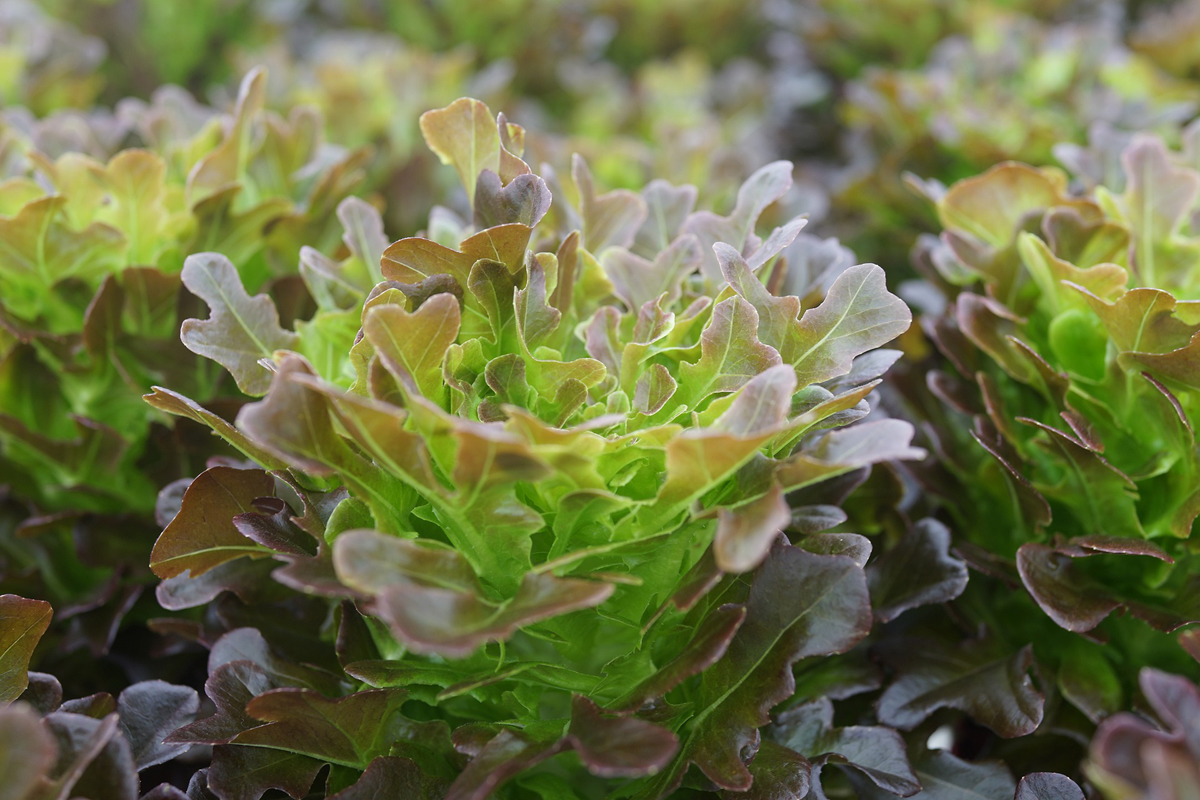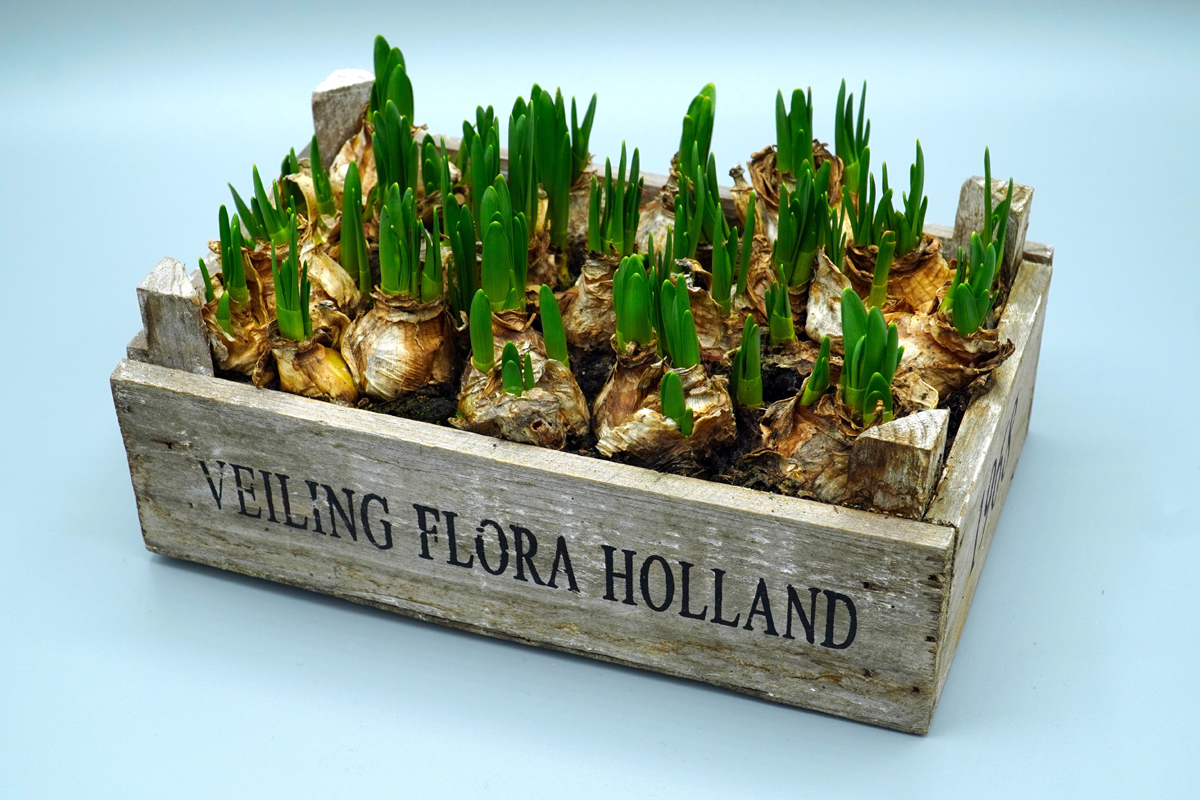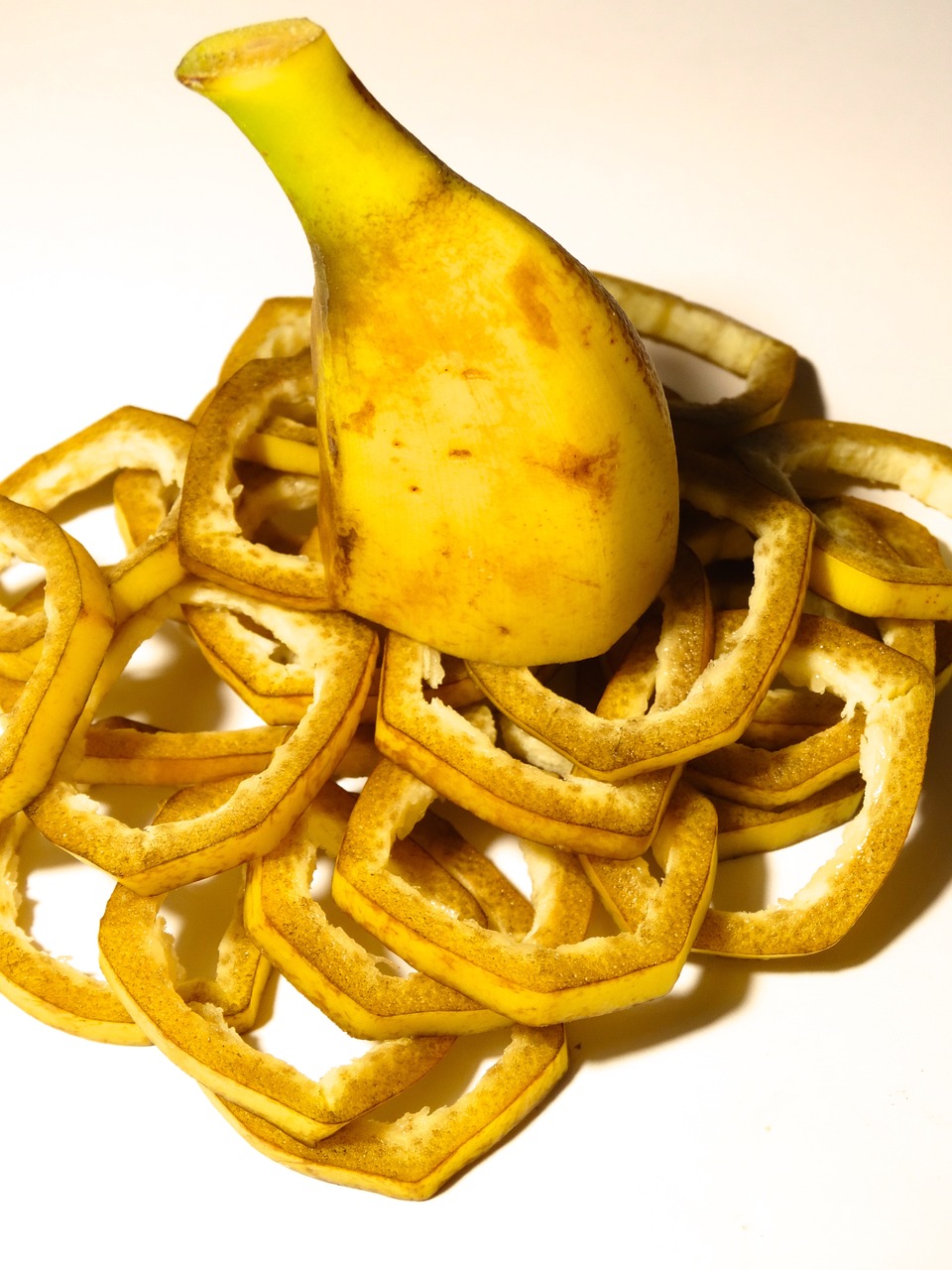History and Health Benefits of Heirloom Carrot Seed

Prior to their transformation to orange, colorful purple, yellow, white and red carrots grew abundantly in areas of the Middle East, Europe and Asia. Their cultivation and use is believed to have existed for over 5000 years with all parts of the plant being considered useful. Their cultivation by the Egyptians, ancient Romans and Greeks due to the medicinal properties found in their seeds was recorded in the early century BC. The orange carrot that is popular today was carefully developed from a mutant strain by the Dutch.
The purple carrot is thought to have been the main variety grown in areas such as Iran and Afghanistan. Most varieties contained some variation of orange, and it is considered the predecessor to the one we consume today. Carrot information to consider when enjoying a salad includes history and nutrition facts:
• Carrots are divided into wild and domesticated varieties, although both are related.
• Before the 16th century, most of the carrots people grew for food were purple, although they also did include white, yellow, red and black varieties in different areas.
• The orange carrot was carefully created from a mutant strain of purple carrots as a strong show of support for William of Orange, who helped the Dutch with their fight for independence, with many names derived from this country.
• The use of carrot seeds and tops have been incorporated into many medicinal elixirs throughout the ages. These include poison remedies and aphrodisiacs used in Egypt, Rome and Greece.
All colors and varieties of carrots contain fiber as well as healthy vitamins and minerals, with some colors providing more than others:
White
While the white carrot delivers only minimal nutrition, it does include phytochemicals and a healthy dose of dietary fiber.
Yellow
Two important nutrients, Lutene and xanthophyllus are found in yellow carrots and are considered beneficial in fighting hardening of the arteries, cataracts and macular degeneration.
Orange
The well-known benefits of Beta carotene and vitamin A for ocular health are abundant in orange carrots.
Red
Red carrot s feature the same Lycopene found in tomatoes. It is beneficial for cancer, serum lipid oxidation, and fighting macular degeneration.
Purple
The purple carrot, considered the ancestor of our orange carrot features beta carotene and Anthocyanins. These compounds restrict LDL absorption, reduce inflammation and slow blood clotting.
Black
In addition to Anthocyanins, black carrots offer anti-fungal and anti-bacterial properties. This is one of the most popular heirloom carrot seeds to make a comeback.
Planting Tips
When choosing an heirloom carrot for planting, consider the soil condition and which shape will grow best there. Some varieties are naturally round or short and will thrive in hard or rocky soil, while others require loose soil. Parisian and Bambino carrot seeds are an excellent choice for garden with rocks or hard soil. Tendersweet and Cosmic Purple Carrot Seed will do well in gardens with rich, well-tilled, loose soil.
Plant seeds according to package directions, but for best results, cover them with vermiculite or other loose soil. After seedlings sprout, thin the carrots to approximately 2-3 inches. Provide adequate water to prevent them from becoming bitter and to increase nutrition. Plant different varieties and colors of heirloom carrot seed to create colorful and nutritious meals.
The Author:
Learn more about the history and health benefits of heirloom seeds including carrots at the Sustainable Seed Company blog, http://sustainableseedco.com/blog/ Gardeners will also find planting tips and information on saving seeds.








